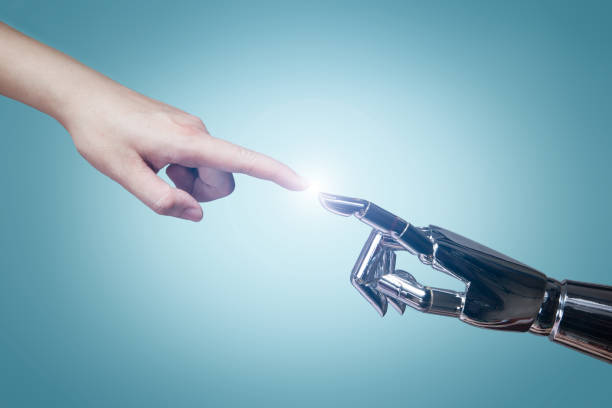Harnessing the power of Edge-Learning AI: a game-changer for Electronic inspection
In the rapidly changing landscape of automation and artificial intelligence (AI), manufacturers are looking for innovative solutions to overcome their operational hurdles. One such challenge that has been a longstanding pain point is electronic inspection. However, the advent of edge-learning AI promises a new paradigm, simplifying the complexities inherent in electronic inspection processes.
Edge-learning AI, an emerging field where AI processes are carried out at the edge of the network, rather than in a centralized data-processing warehouse, is making significant strides in electronic inspection. This groundbreaking technology is empowering embedded smart-camera platforms, reducing the need for extensive computational power and fostering real-time decision-making.
These smart-camera platforms are now equipped with edge-learning capabilities thanks to software such as Neurala VIA, which allow them to interpret complex data and make educated decisions on the spot. This is a shift from traditional machine vision methods, where data needed to be sent to a central server to be processed, resulting in delays and increased chances of data breaches – and additional complexity and costs.
Edge-learning AI is addresses these challenges head-on. By bringing the computational process closer to the source of data, it reduces latency, enhances real-time responses, and mitigates the risk of data loss or intrusion. Besides, it reduces the dependency on constant internet connectivity, allowing for more flexible and resilient operations.
But what sets edge-learning AI apart is its capacity for continuous learning. Unlike traditional machine learning models that are trained on historical data, edge-learning AI learns from new data as it comes in, adapting and improving its performance over time. This continuous learning capacity makes it an ideal solution for electronic inspection, where conditions can vary and change rapidly.
For businesses dealing with electronic inspection, the integration of edge-learning AI into smart-camera platforms offers a unique solution. Not only does it simplify the process, but it also enhances accuracy and efficiency. It can detect anomalies and defects more quickly and accurately, reducing the risk of errors and the cost of rework.
Moreover, the easy-to-use nature of these platforms means that even those with limited technical knowledge can leverage the advantages of edge-learning AI. This democratization of technology is crucial in driving its adoption across different sectors and businesses of all sizes.
Edge-learning AI is not just a technological advancement; it’s a true quantum leap. Its potential to transform electronic inspection, and indeed, the broader automation landscape, is enormous. As businesses continue to explore and adopt this technology, we can expect to see a significant shift in the way electronic inspection is conducted, making it more efficient, secure, and reliable than ever before.




